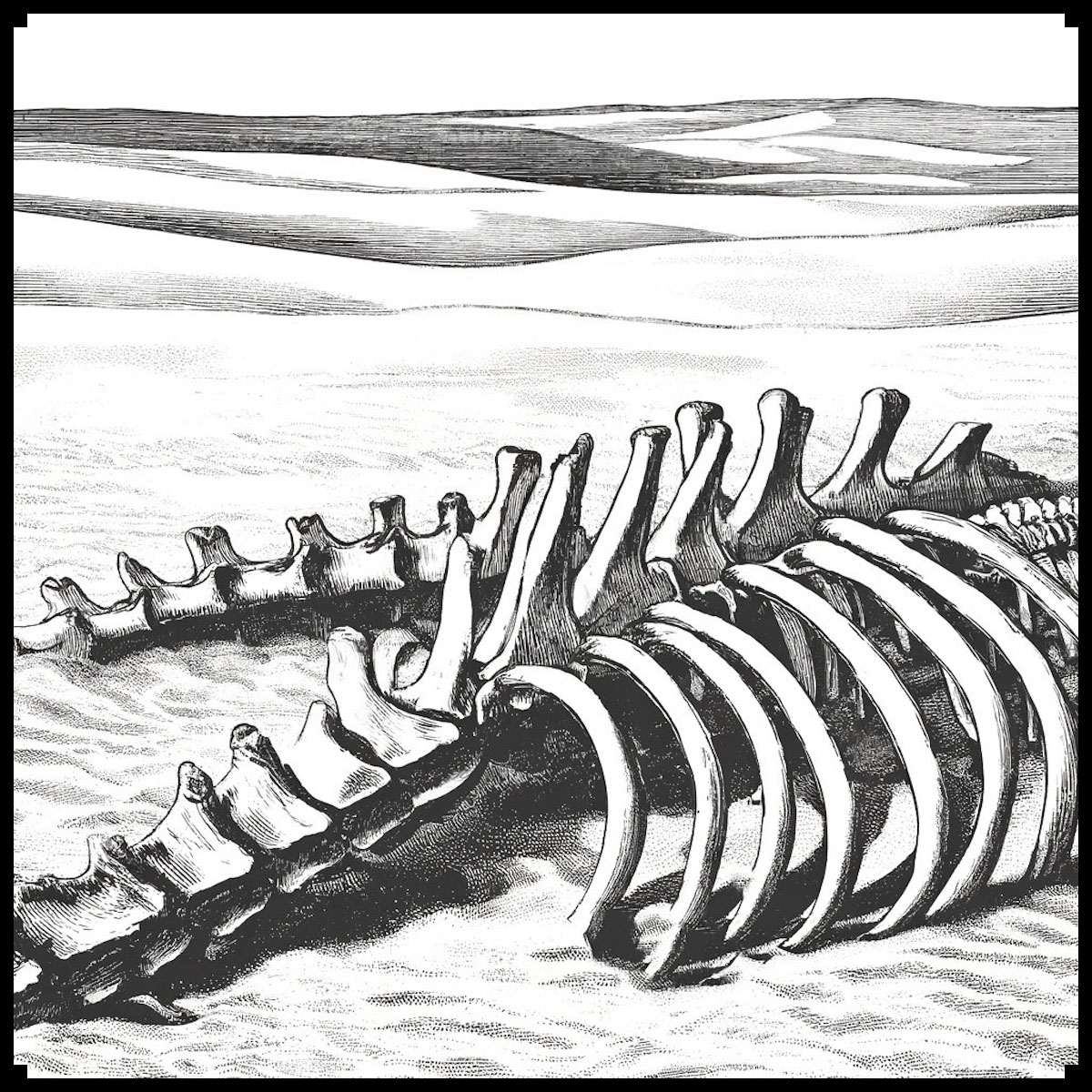
Throughout the ages, maps have served not just as tools for navigation and exploration, but as rich tapestries of symbolism and storytelling. In the realms of both ancient and fantasy cartography, the depiction of carcasses, skeletons, bones, and skulls holds profound significance. These macabre elements, from the eerie remnants of giant creatures to the petrified skulls forming hellmouth entrances, add layers of narrative depth and visual intrigue. This article explores the historical and cultural significance of these skeletal features, highlighting their symbolic meanings and aesthetic contributions. Additionally, we introduce the Carcasses & Bones – Vintage Assets Megapack, a collection designed to enhance fantasy maps with a vintage flair, echoing the art of ancient cartography.
BUY AND DOWNLOAD The Carcasses & Bones ( skulls, bones, carcasses, skeletons, remains ) – Vintage assets Megapack here :
Symbolism of Skeletal Remains in Cartography
In ancient and fantasy maps, skeletal remains serve as powerful symbols:
- Markers of Danger: Skeletons, particularly those of giant creatures, signify perilous areas. They warn travelers of potential threats, from treacherous terrain to lurking predators or cursed lands. For instance, the bones of a dragon might indicate a region fraught with magical dangers.
- Historical Echoes: The depiction of bones and carcasses often suggests a storied past. They can represent ancient battles, devastating calamities, or the remnants of mythical creatures, thus providing a narrative context that enriches the map’s lore.
- Cultural Significance: Skeletons and carcasses are imbued with cultural and mythological meanings. They might symbolize the remnants of ancient civilizations, embodying themes of mortality and the passage of time.
- Filling the Void: In vast, unexplored regions—particularly deserts or remote areas—skeletal remains help fill empty spaces, making the map more visually engaging and complete. This technique prevents the map from appearing barren or unfinished.
The Hellmouth: A Gateway to the Underworld
One of the most striking symbols in ancient and fantasy maps is the hellmouth, often depicted as a giant skull or monstrous mouth. This imagery serves multiple purposes:
- Symbol of Evil: The hellmouth represents an entrance to the underworld or hell, symbolizing ultimate evil and chaos. It is often used to mark places of extreme danger or malevolence, suggesting that the area is a gateway to darker realms.
- Narrative Device: In storytelling, a hellmouth can signify a portal to another world, setting the stage for epic adventures or terrifying encounters. It evokes a sense of dread and curiosity, compelling explorers to either avoid the area or delve into its mysteries.
- Artistic Expression: The depiction of a hellmouth, often as a gaping, monstrous skull, showcases the artist’s skill in creating dramatic and evocative imagery. It serves as a focal point on the map, drawing the viewer’s eye and sparking the imagination.
Historical Context and Real-World Examples
The inclusion of skeletal remains on maps is rooted in historical practice. One notable example is the Tabula Rogeriana, a 12th-century map created by the Arab geographer Muhammad al-Idrisi. Although it does not explicitly depict skeletal remains, it features intricate illustrations of landscapes and creatures, offering a glimpse into how ancient cartographers used imagery to convey information.
In medieval Europe, Mappa Mundi maps, such as the Hereford Mappa Mundi, often depicted monstrous creatures and skeletal remains. These maps combined geographical knowledge with mythological and religious elements, portraying a world where the boundaries between reality and legend were blurred. Skeletons of dragons and other mythical creatures were often used to fill unknown or unexplored areas, symbolizing danger and the limits of human knowledge.
The Carcasses & Bones – Vintage Assets Megapack
For modern fantasy cartographers and enthusiasts, the Carcasses & Bones – Vintage Assets Megapack offers a treasure trove of detailed, vintage-style assets to enhance their maps. This collection includes:
- Carcasses and bones of various creatures
- Skulls, including giant stone skulls and skull entrances (hellmouths)
- Bone piles and guts piles
- Skeletons of dragons, dinosaurs, whales, and humans
- Remains of giant ribs and other creature carcasses
These assets are designed to mimic the style of old maps, adding an authentic, antique feel to your creations. They provide the tools needed to bring your fantasy worlds to life, imbuing your maps with the same sense of wonder and terror found in historical cartography.
Examples in Fiction
In modern fantasy literature and games, skeletal remains often play a crucial role in setting the scene and advancing the plot. For instance, in J.R.R. Tolkien’s Middle-earth, the Barrow-downs are haunted by the skeletal remains of ancient warriors, adding to the eerie and foreboding atmosphere. Similarly, in the video game The Elder Scrolls V: Skyrim, the landscape is dotted with the remains of dragons, emphasizing the world’s rich history and the ever-present danger.
Conclusion
The depiction of carcasses and bones on maps is a practice steeped in history and tradition. It serves symbolic purposes, enriches cultural narratives, and enhances the visual and emotional impact of cartography. Whether in ancient maps or modern fantasy creations, these macabre elements continue to captivate and inspire. The Carcasses & Bones – Vintage Assets Megapack offers a way for contemporary mapmakers to tap into this rich tradition, creating detailed and evocative maps that resonate with the legacy of ancient cartographers.

